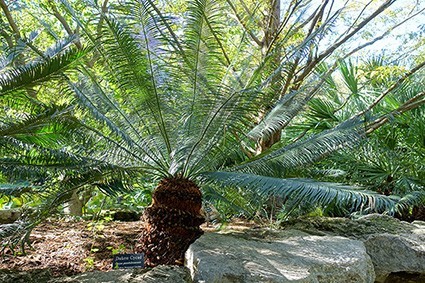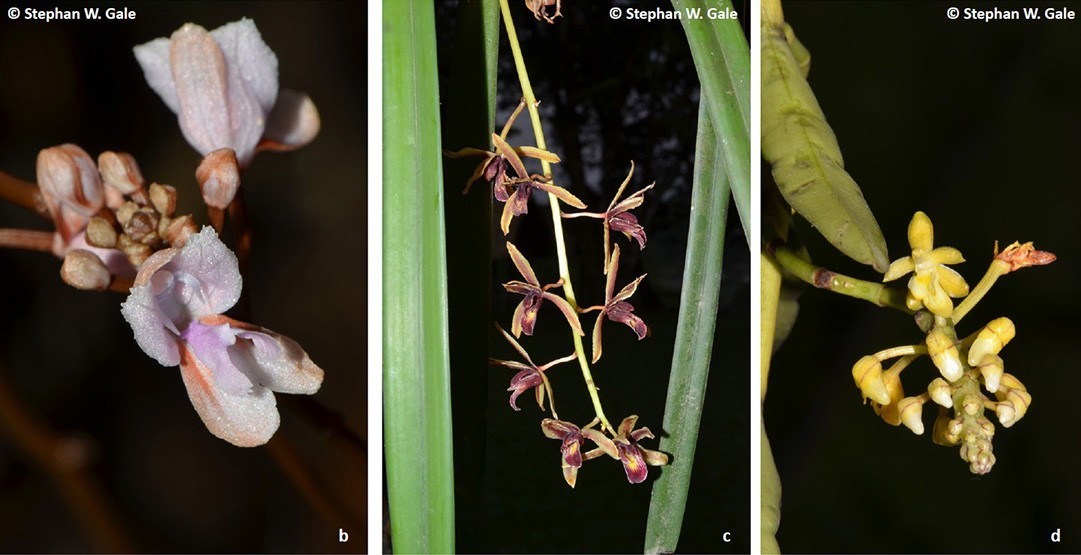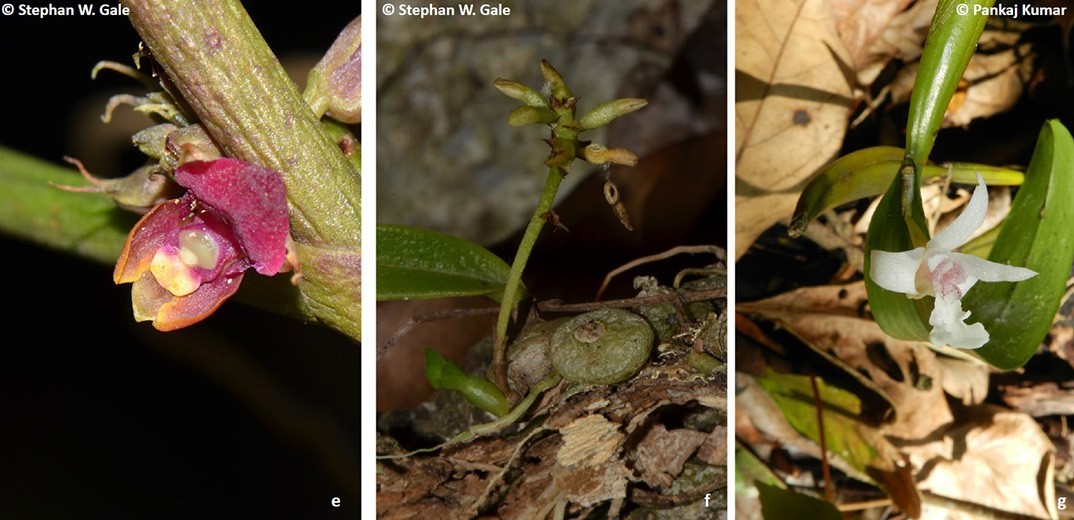The days of botanical discovery are far from over. This is especially true for places like Laos. Nestled in the middle of one of the most biodiverse regions in the world, the flora of Laos is ripe for discovery. Its stunning landscape is more than just beautiful. The diversity of habitat types has led to an explosion of species, the extent of which we are only starting to appreciate. Of all of the habitat types found within its borders, some of the most floristically unique are those associated with limestone karst formations.
Limestone karst is fascinating in and of itself. These rocks have living origins. They began as accumulating debris of dead marine organisms, the shells of which were made up of calcium carbonate. Over millions of years, the shells of these dead organisms were cemented together into what we call limestone. The subsequent collision of continents lifted these limestone layers above sea level where the elements took their toll. The combination of high temperatures and plenty of rain has since carved them into amazing formations.
Laos contains the largest portion of a gigantic spine of limestone outcroppings in the Indochinese peninsula. These formations are collectively known as the Indochinese limestone belt. Even though this has been identified as a biodiversity hotspot, the flora of Laos has received the least amount of attention. Compared to countries like Thailand, Vietnam, and Cambodia, we know very little about the diversity of Laos’ karst-loving plants. What we do know is that Laos’ karst communities are in trouble.
This is unfortunate for the myriad plant species that call these karst formations home. Plants like Vanilla annamica and Hedychium villosum have lost much of their limestone habitats in the surrounding countries. Others such as Cycas siamensis and Hopea ferrea are already at risk from extinction. If their habitat disappears, they have nowhere else to go. Of course, these are species we already know exist. Countless others remain to be described.

Cycas siamensis (Photograph by Daderot, Wikimedia Commons)
On a recent survey of a small section of Laos’ limestone karst habitat, botanists turned up a whopping 135 species of orchid alone. Some of these were new to science. Estimates of how many orchid species exist within the borders of Laos range from 490 to over 800. Only further surveys can reveal how accurate these estimates really are. Still, one must take into consideration the fact that an estimated 2,141 species of orchid can be found throughout Indochina and of these roughly 44% are found nowhere else in the world. Needless to say, plenty of more work needs to be done before Laos’ botanical treasures are lost.
Today, deforestation, agriculture, and mining represent the greatest threats to the flora of Laos. Limestone is especially valuable and much of the Indochinese limestone belt has already been plundered. Laos contains the largest portion of the remaining limestone in this region. That is why places such as the Pha Tad Ke Botanical Garden are so important. Through conservation and education, Pha Tad Ke Botanical Garden is changing the way in which people interact with the natural world around them. Although still in its early stages, The Pha Tad Ke Botanical Garden is working hard to not only survey the flora of this region, but they are also working towards expanding their living plant collections in order to showcase the botanical diversity of this wonderful country. Their current focus is on ex situ conservation of delicate limestone-loving plants, as well as more obscure families such as Dipterocarpaceae. The hope is that with increased exposure to the various plant species, people will gain a greater appreciation for the unique flora of Laos. As we are well aware, people will work hard to protect what they love.




The orchid images and information above are from this paper:
Kumar, Pankaj, et al. “Identifying orchid hotspots for biodiversity conservation in Laos: the limestone karst vegetation of Vang Vieng District, Vientiane Province.” Journal of Threatened Taxa 8.12 (2016): 9397-9417.
This blog is a guest post kindly written for us by Matt from In Defense of Plants. He has lots of fascinating information about the weird and wonderful world of plants on his site, please check it out, and follow him on social media too!


